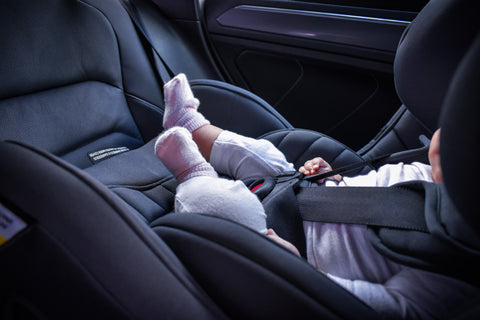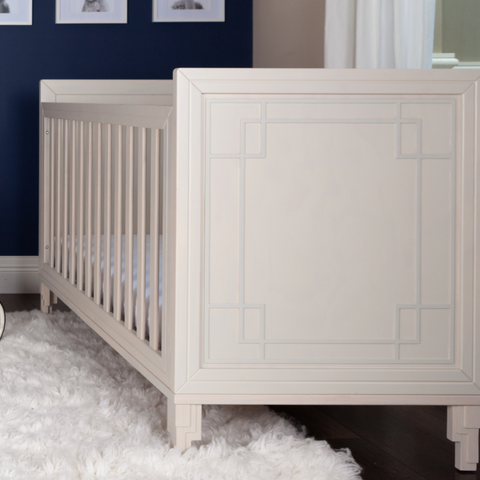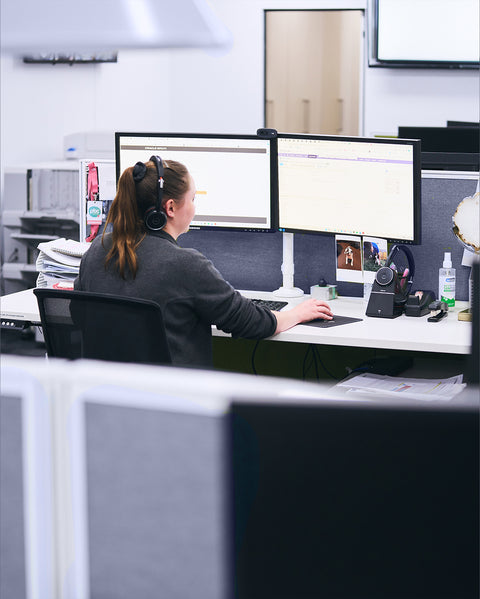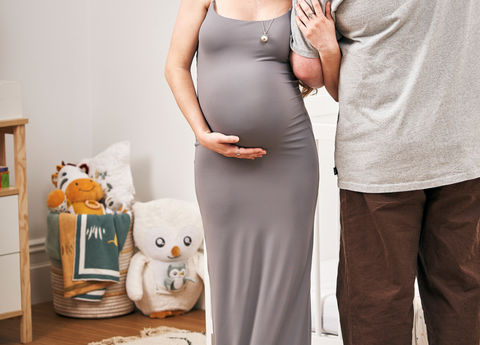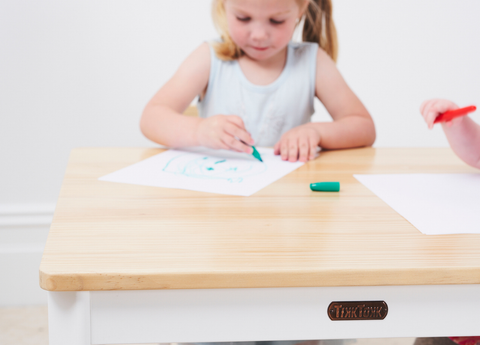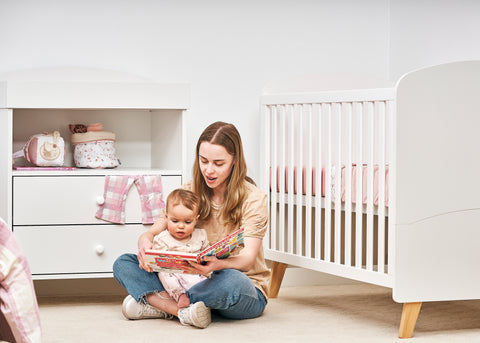Installing or adjusting a carseat can be a bit tricky sometimes, and we know you’re reluctant to read that enormous (but very helpful) instruction manual. So after having a chat with our mates across the pond – the folks at New Zealand’s fabulous Cheeks in Seats – we thought we’d shine a light on the top 5 most common car seat mistakes that you could be making right now. Don’t beat yourself up if you come across a few of these in your car, we’re here to help and there’s always time to fix them!
5. The top tether strap is NOT used, or NOT used with approved vehicle anchorage point
If your restraint is fitted with a Top Tether – it is essential that it is used, and used with an approved vehicle anchorage point. The top tether is the webbing that comes from the top/back of the seat and has a metal hook on the end which is attached to the vehicle anchorage point. This tether is important for proper installation, because without it, there can be serious ramifications in an accident (or even braking hard). It helps stabilise the top of the car seat, and prevents it from rotating over.
If you’re not sure where your anchorage points are, you should check your vehicle owner’s manual, or contact the manufacturer. Also our Facebook Group can be very helpful!
4. The car seat moves more than 2.5cm at the belt path
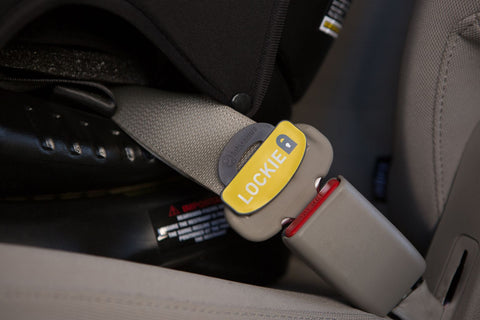
Getting a tight install of your car seat can be difficult. It’s important that the seat moves no more than 2.5cm side to side at the belt path. You can check this by wiggling the seat at the base closest to the belt path (not the top of the seat – it is normal for this area to move more than 2.5cm). If your seat does move more than 2.5cm or feels loose, you should reinstall the seat more firmly. When threading the seatbelt through the belt path, put your knee and some weight into the seat to ensure its pushed into the vehicle seat before your clip in the seatbelt. You can use a locking device on the seatbelt to ensure this install stays tight. We recommend using the Lockie, SafeGrip, or Gated Buckle.
3. The harness is NOT ‘Pinch Test Tight’
A tight and well-fitted harness is essential to ensure your child is safe in their car seat. If a harness is loose, the child’s head and upper body can move too far forward, and they have the potential to be ejected in an impact. To check the harness, start by buckling your child in their car seat. Then, try to ‘pinch’ the harness strap on the child’s shoulder/collar bone. If you can pinch the webbing, then the harness is too loose and will need to be tightened. If your fingers slip on the webbing and you aren’t able to pinch it, then it’s tight and secure.
In case you’re not familiar with the Pinch Test, check out this helpful video here to make sure you are doing the check correctly. The Pinch Test should be done every time you put your child in their seat. It only takes a few seconds, and it could save your child’s life in an impact!
2. The harness is twisted
Making sure the harness is tight is half the job done. When checking that the harness is tight, it’s also important to check for twists in the straps. The straps are easily twisted when putting children in and out of their seats. By checking the harness every time, you can minimise the amount and type of twists that occur. Still can’t get that last twist out no matter how many times you flip the straps? Check out this video here for our untwisting hack!
1. Correct harness height
Last but not least, and yes – we’re still talking harnesses! It’s important to make sure that the harness is at the correct height for your child.
- For rearward facing restraints, the harness should be fitted through the slots or positioned as CLOSE TO AND ABOVE the child’s shoulders, NEVER BELOW.
- For forward facing restraints, the harness should be fitted through the slots CLOSEST to the child’s shoulders. This means they can be above or below the shoulders, whichever is closest. They should be no further than 2.5cm distance from the shoulder in either direction.
Let us know in the comments if you’ve come across any other issues or have any helpful tips for combating misuse in car seats!








